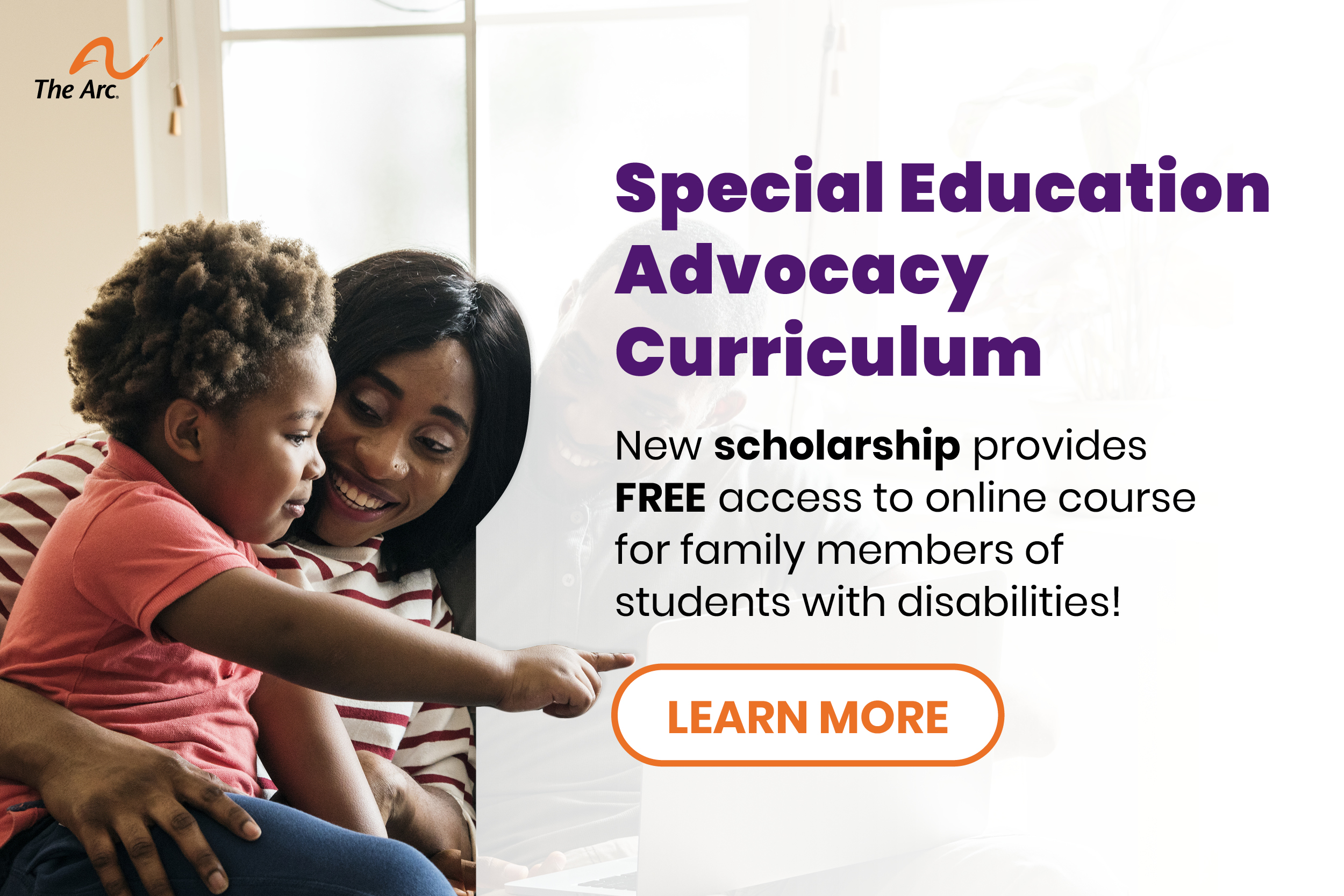Contents
- Introduction
- Dating
- Romantic Relationships
- Tips from Self-Advocates
- Moving from Friend to Partner
- Feeling Interested
- Getting to Know Someone
- Becoming a Couple
- Resources
Introduction
The desire to connect with another person and build a satisfying relationship exists in everyone. It is common and natural for people with autism and other developmental disabilities to seek companionship; however, they often experience problems due to difficulties communicating with others and recognizing non-verbal cues. For parents and other family members, their loved ones’ safety is a common concern. It is important to keep in mind that with support, people with disabilities are able to overcome challenges associated with dating and develop successful relationships.
Dating
Dating allows two people to get to know each other better; however, it can be a confusing process to navigate. If you are interested in someone, how do you act on those feelings? How do you ask someone out on a date? What steps should you take to prepare for a date? These questions and more are addressed in How to Date like a Pro, a webinar provided by Self-Advocates Becoming Empowered and Katherine McLaughlin.
Online dating has become a popular and quick way to meet people. Unlike traditional dating, meeting online gives each person the opportunity to protect their identity until he/she feels comfortable enough to reveal more personal details. This is especially helpful for individuals who prefer to wait to disclose their disability. Although there are benefits to online dating, taking the necessary safety precautions is important. To learn more, view the webinar Autism & Online Dating.
Romantic Relationships
Common characteristics of autism spectrum disorders (ASD) may make it difficult for individuals to initiate and manage romantic relationships. Discomfort with physical affection, high levels of anxiety, and difficulty with eye contact may lead to lack of affection and intimacy within the relationship. Fortunately, these issues can be managed with open and honest communication. Individual with ASD should explain to their partners why they behave the way that they do. Partners, in turn, should be supportive and willing to compromise so that a comfortable median can be reached.
Many people on the autism spectrum are looking to be in a relationship; however, there are others who are content with being single. Dating and choosing to be in a relationship are personal choices that depend on the needs and preferences of the individual. Below are a few ways that parents and caregivers can support their loved ones through this journey:
- Talk about relationships and dating and let the individual decide whether it is for them.
- If he/she wants to pursue dating, inform him/her about acceptable behaviors, the importance of consent and personal space, and other expectations.
- Encourage the individual to get involved in group events and activities. Interacting with peers may create more opportunities for finding a potential partner.
- Do research. Reading books, exploring websites, and talking to other parents, counselors and educators are useful ways to learn more about how to effectively support individuals with disabilities in dating and relationships.
Tips from Self-Advocates
The following suggestions are written by people who identify themselves as having a developmental disability. These people present their own recommendations based upon their own experiences.
Moving From Friend to Partner/Sweetheart
When I was in school it was not easy to make friends. I started to get out in my community and meet people at groups, volunteering, clubs and playing sports. And it is a big challenge to find a friend. You have to put yourself out there to find the right friend. Friends don’t care if you have a disability or not. Friends like you for who you are, not what you give them.
Imagine you are at a dance and out of nowhere there is someone standing close to you. Like a genie they keep popping up, checking you out. Will you feel too shy to ask them to dance? You need to walk, cruise over and introduce yourself and shake the person’s hand and tell them your name.
Step 1: Feeling Interested
When you have a crush on someone you need to decide if you are going to act on those feelings. Ask yourself:
Can a potential girlfriend/boyfriend be….
- Someone already in a relationship?
- Someone who has said she/he is not interested?
- A paid support person/teacher?
- Someone under 16?
Step 2: Getting to Know Someone
After you meet that person you need to spend time with them and see how they act around you. Use your self-advocacy skills and let the person know how you feel by:
- Tell the person how you feel (“I like you and I like spending time with you.”)
- Talking on the telephone.
- Ask him/her to join you at a group activity.
- Ask him/her out on a date.
Step 3: Becoming a Couple
Relationships usually start off being fun and exciting. Here are a few topics you may need to talk about as a couple. When conflicts come up it’s often not the issue, but how you work through it and learn how to communicate better.
- Feelings about commitment—Will you only date each other?
- Feelings about touch—What kind? How much?
- Communication—How will you communicate with each other (phone calls, e-mails, text messages, etc.)? How often?
- How much time will you spend together?
- How often will you see each other?
- How to handle a long distance relationship?



